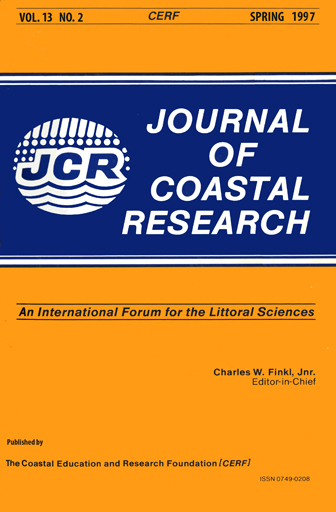Recent Changes of the Coastline and Nearshore Zone, Vejro Island, Denmark: Possible Consequences for Future Development
Keywords:
Sunspot activity, changing wind climate, accelerated sea-level rise, dredgingAbstract
This case study deals with coastal changes and their causal relationships. The study site is the island Vejro situated in the Kattegat, the gateway between the North Sea and the Baltic. The observation period is 1954 to present. The small island presents different kinds of coastal types: bluffs fronted by narrow beaches, a low relief foreland of beach ridges, and a partly submarine, sandy and gravelly spit. In recent decades erosion has dominated on most of the coastal sections. The erosion is ascribed to natural as well as man-induced processes. These results from: An increase of the wind energy, higher frequency of strong winds, rise of the mean sea level, larger variability of the sea level, and dredging of raw materials from the outer spit area. A prediction of future coastal development is hampered, among others, by a break in coherence between sunspot activity and wind energy, coinciding with enhanced rise of sea level since mid 1970's.Downloads
Published
1997-04-05
Issue
Section
Articles


